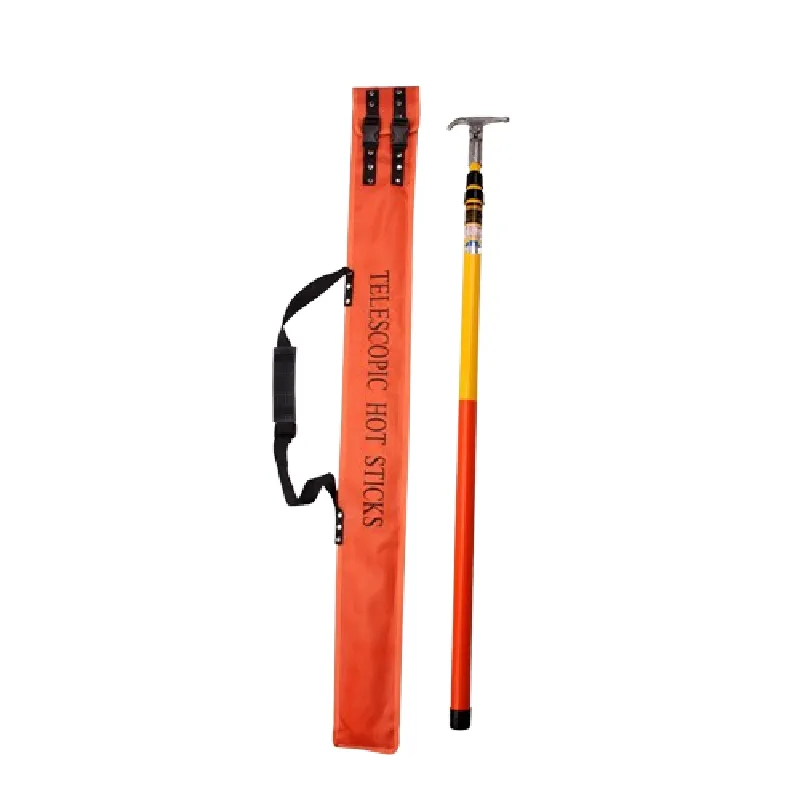
-
 Afrikaans
Afrikaans -
 Albanian
Albanian -
 Amharic
Amharic -
 Arabic
Arabic -
 Armenian
Armenian -
 Azerbaijani
Azerbaijani -
 Basque
Basque -
 Belarusian
Belarusian -
 Bengali
Bengali -
 Bosnian
Bosnian -
 Bulgarian
Bulgarian -
 Catalan
Catalan -
 Cebuano
Cebuano -
 Corsican
Corsican -
 Croatian
Croatian -
 Czech
Czech -
 Danish
Danish -
 Dutch
Dutch -
 English
English -
 Esperanto
Esperanto -
 Estonian
Estonian -
 Finnish
Finnish -
 French
French -
 Frisian
Frisian -
 Galician
Galician -
 Georgian
Georgian -
 German
German -
 Greek
Greek -
 Gujarati
Gujarati -
 Haitian Creole
Haitian Creole -
 hausa
hausa -
 hawaiian
hawaiian -
 Hebrew
Hebrew -
 Hindi
Hindi -
 Miao
Miao -
 Hungarian
Hungarian -
 Icelandic
Icelandic -
 igbo
igbo -
 Indonesian
Indonesian -
 irish
irish -
 Italian
Italian -
 Japanese
Japanese -
 Javanese
Javanese -
 Kannada
Kannada -
 kazakh
kazakh -
 Khmer
Khmer -
 Rwandese
Rwandese -
 Korean
Korean -
 Kurdish
Kurdish -
 Kyrgyz
Kyrgyz -
 Lao
Lao -
 Latin
Latin -
 Latvian
Latvian -
 Lithuanian
Lithuanian -
 Luxembourgish
Luxembourgish -
 Macedonian
Macedonian -
 Malgashi
Malgashi -
 Malay
Malay -
 Malayalam
Malayalam -
 Maltese
Maltese -
 Maori
Maori -
 Marathi
Marathi -
 Mongolian
Mongolian -
 Myanmar
Myanmar -
 Nepali
Nepali -
 Norwegian
Norwegian -
 Norwegian
Norwegian -
 Occitan
Occitan -
 Pashto
Pashto -
 Persian
Persian -
 Polish
Polish -
 Portuguese
Portuguese -
 Punjabi
Punjabi -
 Romanian
Romanian -
 Russian
Russian -
 Samoan
Samoan -
 Scottish Gaelic
Scottish Gaelic -
 Serbian
Serbian -
 Sesotho
Sesotho -
 Shona
Shona -
 Sindhi
Sindhi -
 Sinhala
Sinhala -
 Slovak
Slovak -
 Slovenian
Slovenian -
 Somali
Somali -
 Spanish
Spanish -
 Sundanese
Sundanese -
 Swahili
Swahili -
 Swedish
Swedish -
 Tagalog
Tagalog -
 Tajik
Tajik -
 Tamil
Tamil -
 Tatar
Tatar -
 Telugu
Telugu -
 Thai
Thai -
 Turkish
Turkish -
 Turkmen
Turkmen -
 Ukrainian
Ukrainian -
 Urdu
Urdu -
 Uighur
Uighur -
 Uzbek
Uzbek -
 Vietnamese
Vietnamese -
 Welsh
Welsh -
 Bantu
Bantu -
 Yiddish
Yiddish -
 Yoruba
Yoruba -
 Zulu
Zulu


Dec . 14, 2024 08:20 Back to list
Efficient Hose Handling Equipment for Seamless Manufacturing Processes and Improved Productivity
The Hose Gripping Machine Revolutionizing Industrial Operations
In the realm of industrial operations, precision and efficiency stand as the twin pillars of productivity. Among the myriad of machinery that facilitate these goals, the hose gripping machine emerges as a pivotal tool, streamlining processes in various sectors, including manufacturing, construction, and automotive industries. This article delves into the significance of hose gripping machines, their working mechanisms, and their myriad applications.
Understanding the Hose Gripping Machine
A hose gripping machine is designed to securely hold and manipulate hoses during various processes, ensuring that the hose remains in place while fluid or gas is transferred. This type of machinery typically employs mechanical clamps or gripping arms, which can exert the necessary force to maintain a firm grip without causing damage to the hose material. The importance of a reliable hose gripping system cannot be overstated; it ensures safety, efficiency, and accuracy in operations, particularly when dealing with high-pressure systems.
Components and Mechanisms
At the core of a hose gripping machine are several essential components. The clamping mechanism, which can vary in design, is crucial for securely holding the hoses. Common clamping types include manual clamps, pneumatic clamps, and hydraulic clamps, each offering unique advantages in terms of speed, strength, and ease of use. The machine also consists of a frame that houses these clamps, a control system for operation management, and safety features to prevent accidents.
The control system, often computerized, allows operators to program specific gripping parameters based on the type of hose and the requirements of the task at hand
. This automation reduces the likelihood of human error and speeds up processes, making the hose gripping machine an indispensable asset in fast-paced environments.Applications Across Industries
hose gripping machine

Hose gripping machines find extensive applications across a variety of industries. In manufacturing plants, for instance, they are essential for assembly lines where hoses must be connected or disconnected frequently. Precision is paramount in this setting, and a gripping machine significantly enhances operational efficiency.
In the automotive industry, hose gripping machines are used during the installation of engine components. Here, the ability to hold hoses securely while workers assemble parts is critical to ensuring that systems are leak-proof and operate smoothly. The use of these machines not only speeds up assembly times but also reduces the risk of damage to delicate components.
Construction sites also benefit from hose gripping machines, especially when dealing with heavy machinery that requires hydraulic hoses. A reliable gripping solution ensures that hoses are properly connected and maintained under high-pressure conditions, which is vital for the safe operation of equipment.
Advantages of Hose Gripping Machines
The advantages of employing hose gripping machines are manifold. Firstly, they enhance safety by minimizing the risk of hose slips or disconnections that can lead to hazardous situations. Secondly, they increase productivity by allowing for quicker setup and changeover times between tasks. Furthermore, these machines reduce wear and tear on hoses, extending their lifespan and lowering replacement costs.
Conclusion
The hose gripping machine is a remarkable advancement in industrial technology, offering capabilities that enhance safety, efficiency, and productivity across diverse applications. As industries continue to evolve, the importance of such specialized equipment will only grow, making investment in hose gripping technology a wise choice for forward-thinking companies looking to optimize their operations. Embracing such innovations not only positions businesses at the forefront of their respective fields but also sets the stage for sustainable growth in an increasingly competitive market.
Latest news
Your Best Choice for Duct Rodder and Fish Tape Wire Puller Tools
NewsAug.13,2025
Unlocking Efficiency and Precision with Premium Cable Tools and Equipment
NewsAug.13,2025
Smart Solutions with Precision: Cable Pulling Tools That Deliver
NewsAug.13,2025
Reliable Protection with Advanced Hot Stick Technology
NewsAug.13,2025
Reliable Cable Installation Tools at Your Fingertips
NewsAug.13,2025
Optimized Cable Laying with Heavy-Duty Solutions for Modern Projects
NewsAug.13,2025











